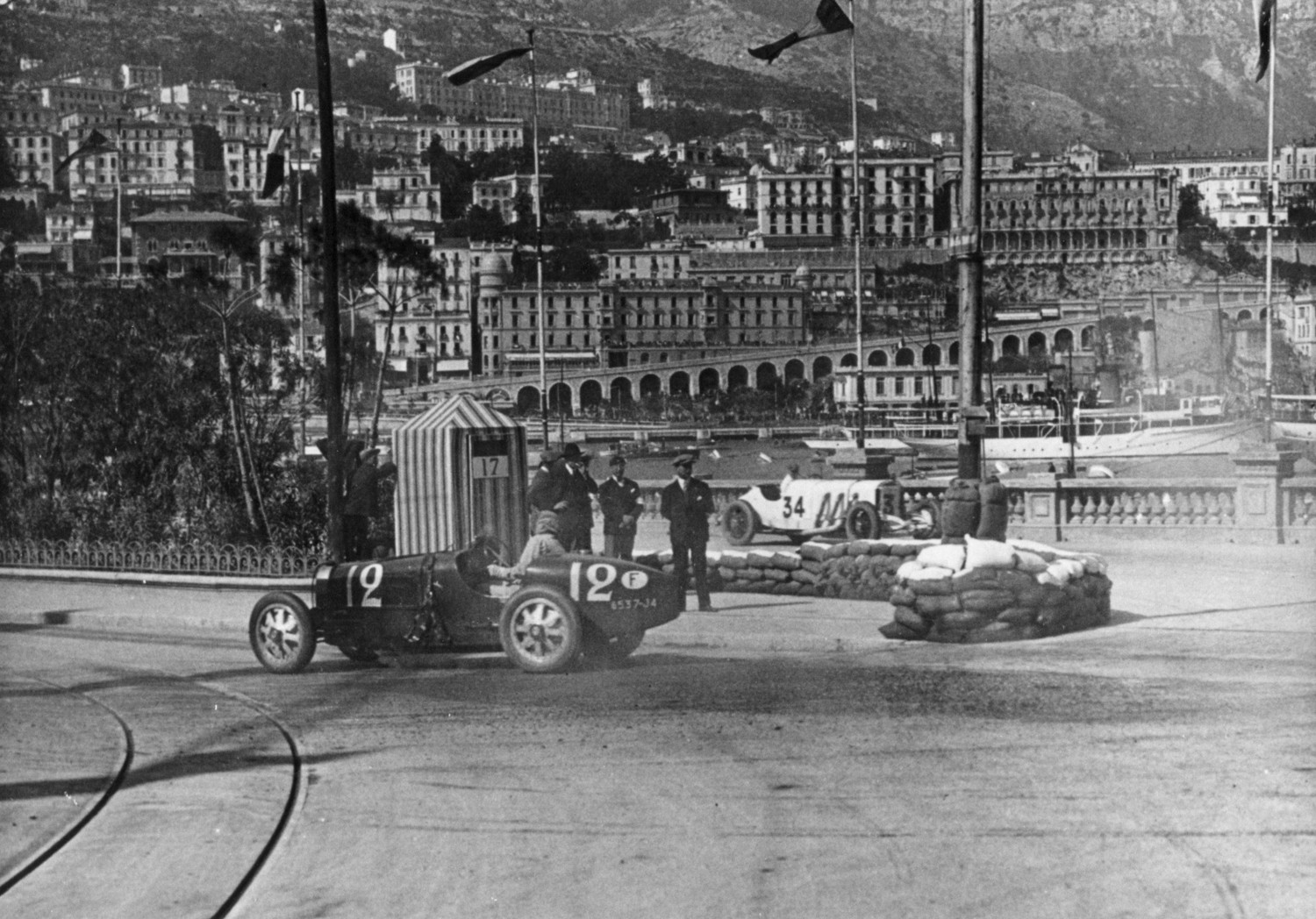When the starter’s flag lowers on the Monaco Grand Prix this weekend, it will mark the 90th anniversary of the Monaco Grand Prix and a special anniversary for Bugatti. That first year, after almost four hours, William “Williams” Charles Frederick Grover was the first one to cross the finish line in a Bugatti Type 35 B, marking the start of a new era. Today, with its tight city circuit, the Monaco GP is the highlight of any Formula 1 season, and is one of the most famous car races in the world alongside the Indy 500 and the 24 Hours of Le Mans.
Everything started very small 90 years ago. The idea of beginning a race in the middle of Monaco came in the mid-1920s, when Monaco’s General Commissioner for the Monaco Automobile Club, Anthony Noghès, came into power. But it took a few years for his idea to be put into action. At the beginning of April 1929, 20 drivers registered and 16 actually started on the 14th of April, 1929. Eight drivers relied on models from Bugatti, such as the Type 35 C and Type 35 B, the latter being the choice of William Charles Frederick Grover.
No Subscription? You’re missing out
Get immediate ad-free access to all our premium content.
Get Started



